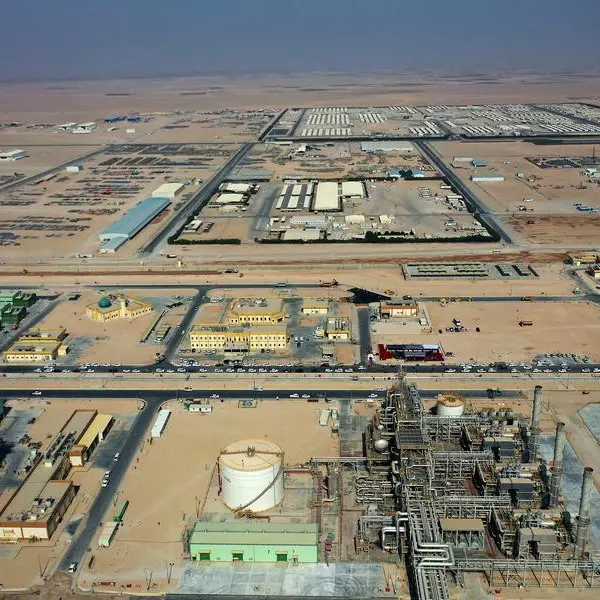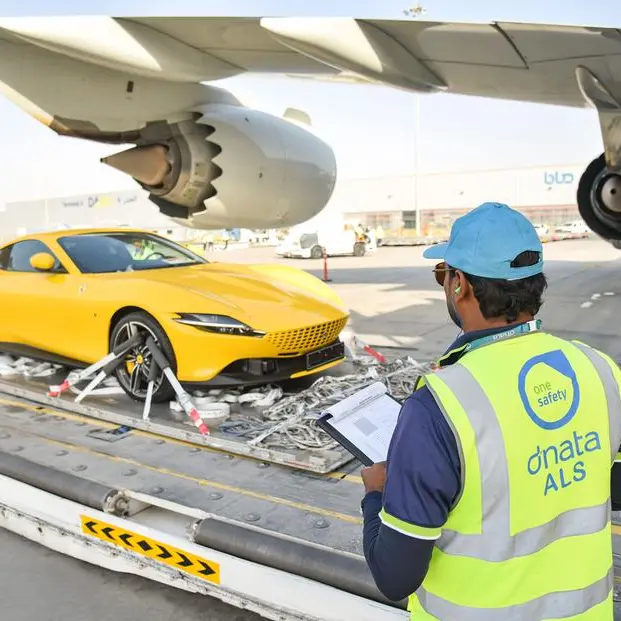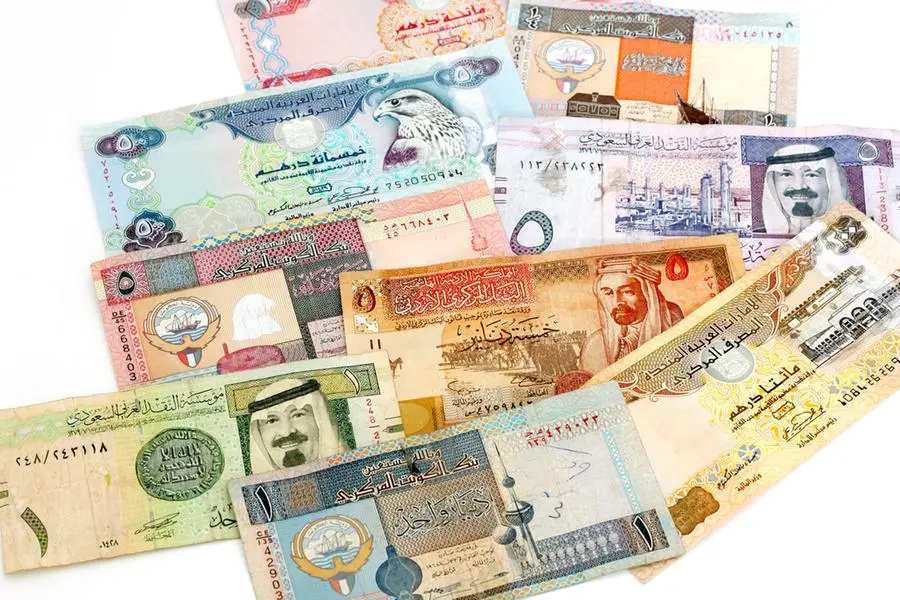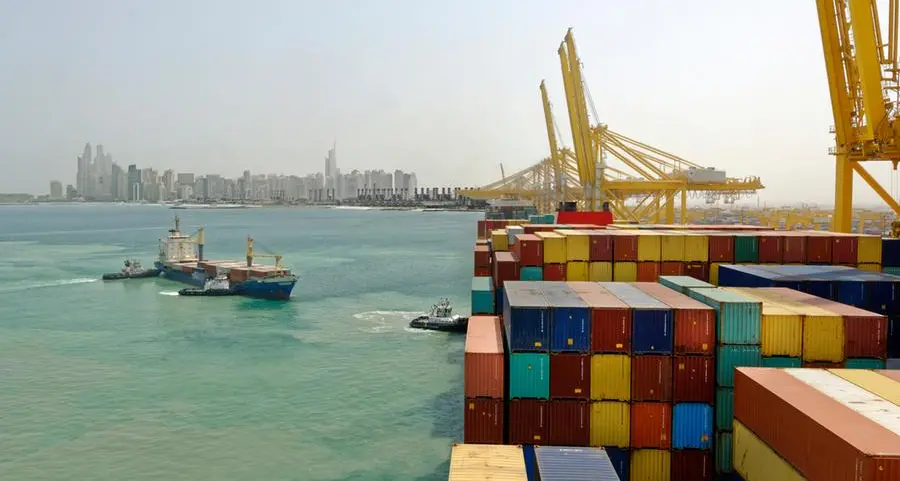The UN Department of Economic and Social Affairs (UNDESA) and the UN Capital Development Fund (UNCDF), with support from the UN Office for Project Services (UNOPS), has published a new UN guide showing how governments in the Middle East and North Africa region can use long-term infrastructure planning to save money, increase efficiency, and promote sustainability.
The Handbook ‘Managing Infrastructure Assets for Sustainable Development: A Handbook for Local and National Government’ is available in Arabic, the United Nations Secretariat said in a press statement.
“Effective asset management has become as critical as ever in the face of mounting pressures, such as growing urban populations, climate-related disruptions and health emergencies”
said Navid Hanif, Director of UN DESA’s Financing for Sustainable Development Office.
According to the Handbook, investment into public infrastructure assets plays a key role in sustainable development. Infrastructure systems have an impact on achieving up to 92 percent of all 169 SDG targets.
The publication contended that a trendy focus on 'new and shiny' projects comes at the cost of neglecting old assets. Under-investment in infrastructure maintenance costs some developing countries up to two percent growth in GDP.
While roads and electricity grids to water and sanitation systems, are fundamental for sustainable development, infrastructure investments often go to waste, as governments regularly fail to budget the resources – financial, human, and material – needed to manage assets over their entire lifespans. The handbook noted that 70-85 percent of the costs of an asset is incurred after it is bought or built.
The Handbook draws on the diverse experiences of local governments in the implementation of UN asset management toolkits and consultations with top experts in the field within the UN system, multilateral and regional development banks, local government associations, universities and think tanks. It outlines the application of field-tested tools – such as the Asset Management Diagnostic Tool and Action Plans – to give readers an accessible, action-oriented introduction to advancing asset management.
(Writing by SA Kader; Editing by Anoop Menon)






















